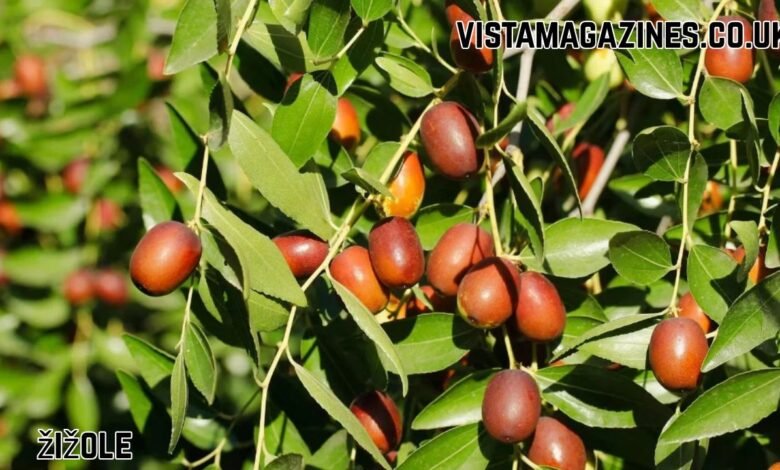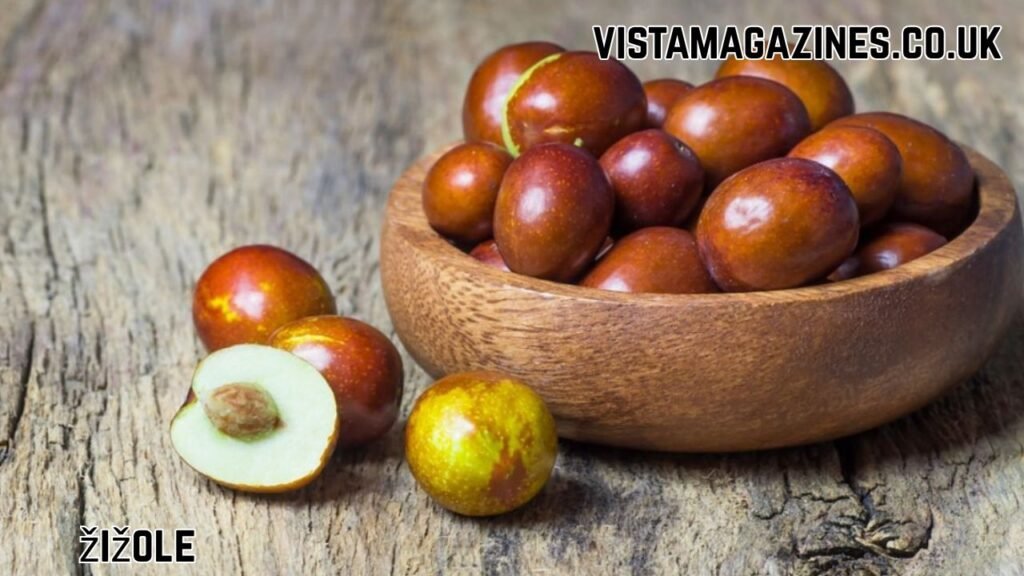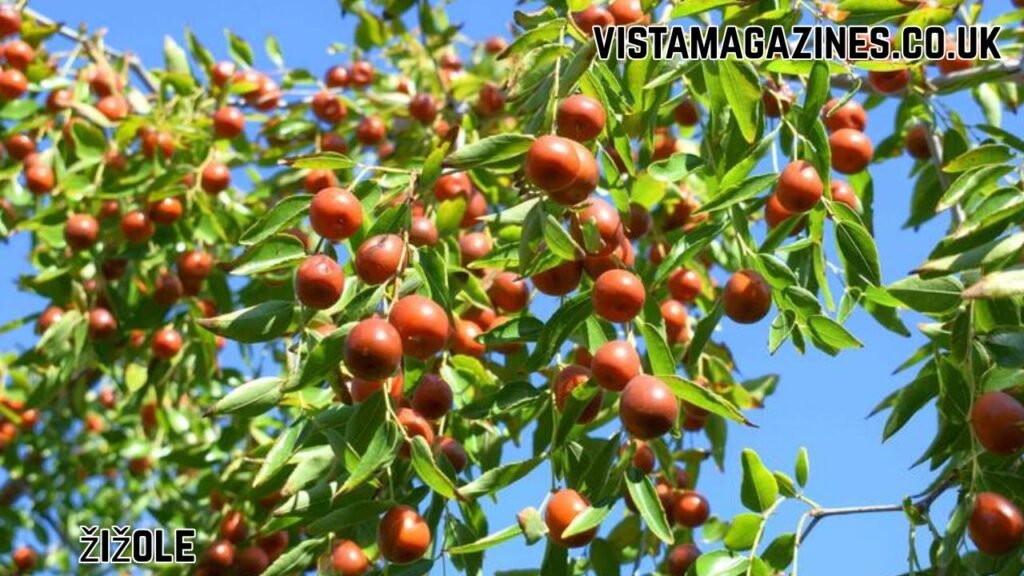Žižole – The Ancient Fruit of Health, Tradition, and Natural Sweetness

Introduction to Žižole
Among the many forgotten fruits that nature offers, Žižole holds a special place as a timeless symbol of health, simplicity, and cultural heritage. Known for its unique flavor, nutritional richness, and centuries-old significance, Žižole has been a staple in traditional diets across Mediterranean, Asian, and Balkan regions.
Also referred to as the jujube or Chinese date, Žižole (pronounced Zhee-zho-le) belongs to the Ziziphus jujuba species, a small fruit-bearing tree celebrated for its resilience and healing properties. Though it might not enjoy the same commercial fame as apples or oranges, its importance in folk medicine and nutrition remains unmatched.
In modern times, Žižole is being rediscovered by health enthusiasts and chefs who value both its ancient wisdom and versatile culinary potential. This humble fruit represents the perfect balance between tradition and wellness.
The Origin and History of Žižole
The story of Žižole goes back thousands of years. Native to Southern Asia, particularly China, the fruit gradually spread across the Middle East, Europe, and the Mediterranean through ancient trade routes.
Historical records show that the Žižole was cultivated as early as 4000 BCE in China, where it was considered a fruit of longevity and inner peace. It later reached the Roman Empire, where it became a prized delicacy and a natural remedy.
In the Balkans, especially in Croatia, Montenegro, and Slovenia, the Žižole tree adapted beautifully to the coastal climate. It became a part of local folklore, often planted in family gardens as a symbol of prosperity and good health.
The enduring popularity of Žižole stems from its ability to thrive in arid conditions while producing nutrient-rich fruits — a true gift of nature to humanity.
The Botanical Profile of Žižole

The Žižole tree is a small, hardy deciduous plant that grows up to 10 meters tall. Its branches are often thorny, bearing glossy green leaves and small yellowish-green flowers. The fruit itself starts as green and ripens into a deep reddish-brown, resembling a date in shape and texture.
Each Žižole fruit contains a single seed and a thin but firm skin. When eaten fresh, it offers a crisp, apple-like texture with a mildly tangy sweetness. Once dried, it becomes chewy and caramelized — the taste deepens into something between a date and a prune.
Thanks to its adaptability, the Žižole tree grows in various climates — from the Mediterranean to parts of Africa, India, and even the southern United States.
Nutritional Value of Žižole
The Žižole is a small fruit with immense nutritional power. Rich in vitamins, antioxidants, and minerals, it has been used in traditional medicine for centuries.
A typical 100-gram serving of Žižole contains:
- Vitamin C: Strengthens immunity and skin health
- Potassium: Supports heart and muscle function
- Iron: Boosts red blood cell production
- Calcium: Strengthens bones and teeth
- Fiber: Improves digestion and promotes gut health
Additionally, Žižole is low in calories yet rich in natural sugars, making it an excellent energy source for both adults and children. Its high antioxidant content helps protect the body from oxidative stress and premature aging.
Health Benefits of Žižole
The health benefits of Žižole are vast and deeply rooted in traditional medicine. In Chinese herbal therapy, it’s known as a calming fruit that nurtures both the body and mind.
1. Supports Better Sleep
Compounds in Žižole such as saponins have mild sedative effects, helping calm the nervous system and improve sleep quality. Many natural sleep aids include Žižole extract for its relaxing properties.
2. Boosts Immunity
Due to its high vitamin C content and antioxidant power, Žižole strengthens the immune system and helps the body fight infections more effectively.
3. Improves Digestion
The dietary fiber in Žižole promotes healthy digestion, prevents constipation, and supports the growth of beneficial gut bacteria.
4. Enhances Skin Health
Rich in antioxidants and vitamin C, Žižole contributes to radiant skin, reduces wrinkles, and helps repair damaged tissues.
5. Supports Heart Health
Regular consumption of Žižole may lower blood pressure and cholesterol levels due to its potassium and flavonoid content.
6. Reduces Stress and Anxiety
In traditional medicine, Žižole tea is often prescribed to reduce anxiety and stress, promoting a sense of calm and emotional balance.
Culinary Uses of Žižole
Beyond its health benefits, Žižole shines in the culinary world for its versatility and flavor.
In Mediterranean kitchens, fresh Žižole are often eaten as snacks or added to salads for a sweet crunch. Dried Žižole are popular in desserts, teas, and compotes, lending natural sweetness without refined sugar.
Here are some creative ways to enjoy Žižole:
- Fresh Fruit: Eaten like apples for a refreshing bite
- Dried Snack: Chewy and sweet, perfect for healthy snacking
- Herbal Tea: Dried Žižole boiled with ginger and honey for a soothing drink
- Jam or Syrup: Used as a natural spread or topping
- Desserts: Added to cakes, pies, and puddings
- Fermented Drinks: Used in traditional liqueurs and wines in some regions
No matter how it’s served, Žižole adds a distinct sweetness that enhances both traditional and modern dishes.
Žižole in Traditional Medicine
For centuries, Žižole has been revered as a healing fruit in traditional Chinese, Ayurvedic, and Mediterranean medicine.
In Chinese medicine, it’s believed to nourish the blood, calm the mind, and replenish Qi (vital energy). It’s often combined with herbs like ginseng or lotus seed in restorative tonics.
In the Balkans, local healers use Žižole syrup or tea to treat sore throats, colds, and digestive issues. Its natural anti-inflammatory properties make it a gentle yet effective home remedy.
These traditions continue today, bridging ancient wisdom with modern wellness practices.
The Symbolism of Žižole
Beyond its practical uses, Žižole carries deep symbolic meaning. In many cultures, it represents longevity, protection, and renewal. The fruit’s ability to thrive in harsh conditions mirrors human resilience — an enduring symbol of perseverance and hope.
In rural Mediterranean communities, the Žižole tree was often planted near homes to bless families with good health and fortune. It remains a beloved emblem of simple, wholesome living.
Žižole in Modern Wellness Culture
In the modern era, where people are turning back to natural foods, Žižole has found renewed popularity. Health-conscious consumers appreciate its organic nature, mild flavor, and wide range of benefits.
You can now find Žižole-based products in health stores worldwide — including teas, supplements, syrups, and even skincare formulations. Its natural anti-aging compounds make it a favorite in clean beauty products as well.
The trend toward sustainable nutrition and holistic wellness has placed Žižole at the center of a quiet but powerful comeback.
Cultivation and Harvesting
The Žižole tree is easy to grow, requiring minimal care and water. It thrives in sunny, dry climates with well-drained soil. Farmers typically plant it in late winter or early spring, allowing it to blossom by summer and bear fruit by early autumn.
Harvesting usually begins when the fruits turn brownish-red and slightly wrinkled — a sign they’re rich in flavor and nutrients. Once picked, Žižole can be eaten fresh or sun-dried for preservation.
Sustainably grown Žižole trees can bear fruit for decades, making them a rewarding choice for eco-conscious agriculture.

Žižole in Cultural Festivals
In coastal regions like Dalmatia and Istria, Žižole festivals are held every autumn to celebrate the harvest. These events feature tastings, cooking demonstrations, and traditional music, reflecting the fruit’s importance in local culture.
Families gather to share homemade Žižole products — from jams to brandies — celebrating community, tradition, and gratitude. These festivals ensure the legacy of Žižole continues for future generations.
The Future of Žižole
As global interest in sustainable superfoods grows, Žižole has great potential to become a leading fruit in health and organic markets. Its adaptability, nutritional richness, and cultural heritage make it a symbol of both the past and the future.
Farmers, nutritionists, and researchers are exploring innovative ways to integrate Žižole into modern diets, from energy bars to herbal medicines. With the rise of eco-conscious living, this ancient fruit may once again take center stage.
Conclusion – The Timeless Beauty of Žižole
The story of Žižole is one of endurance, nourishment, and renewal. From its ancient roots in Asia to its cherished place in Mediterranean culture, it has remained a fruit of balance — combining health, taste, and tradition.
As we move toward more mindful living, Žižole reminds us that nature’s simplest gifts often hold the greatest wisdom. Whether enjoyed fresh, dried, or brewed into tea, this humble fruit continues to inspire wellness and connection across generations.
Also Read: Prostavive Colibrim – A Comprehensive Guide to the Supplement, Benefits, and Effectiveness



